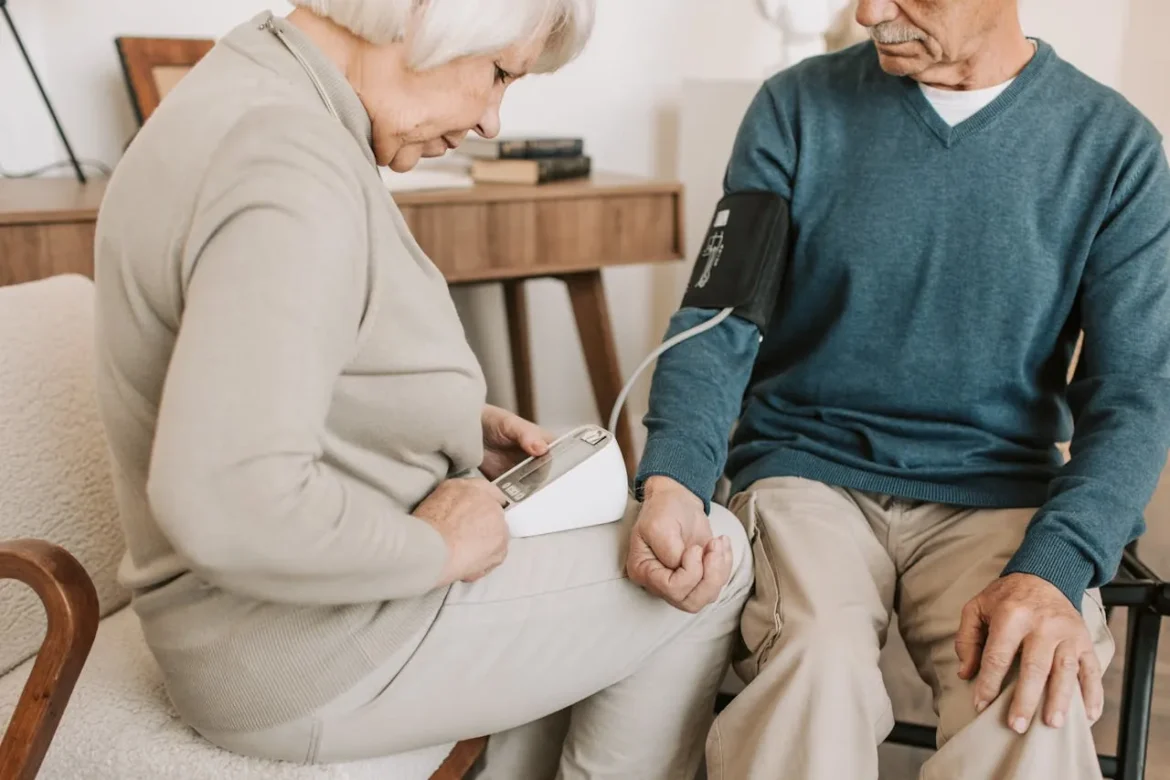As people age, maintaining balance and mobility becomes increasingly challenging. Falls are one of the leading causes of injury among older adults, leading to serious complications such as fractures, head injuries, and long-term mobility issues. However, falls are not an inevitable part of aging. By taking proactive measures, seniors and their caregivers can significantly reduce the risk of falls and promote a safer, more independent lifestyle. Here are six essential steps to help prevent falls in older adults.
1. Ensure a Safe Home Environment
A well-organized, clutter-free home is the first line of defense against falls. Many accidents occur due to tripping hazards, inadequate lighting, or slippery surfaces. Here are some ways to improve home safety:
- Remove Clutter: Keep walkways clear of furniture, loose wires, and rugs that can cause tripping.
- Improve Lighting: Ensure hallways, staircases, and entrances have bright, easily accessible lighting. Consider motion sensor lights for added convenience.
- Install Handrails and Grab Bars: Place sturdy handrails along staircases and install grab bars in bathrooms near toilets and inside showers.
- Use Non-Slip Mats: Place non-slip mats in bathtubs, showers, and high-traffic areas where floors may become slippery.
- Secure Rugs and Cords: Use double-sided tape or non-slip backing to keep rugs in place and tuck electrical cords away from walkways.
2. Stay Physically Active and Maintain Strength
Regular physical activity helps improve balance, strength, and flexibility, all of which are crucial for fall prevention. Seniors should incorporate the following into their routine:
- Balance Exercises: Activities like Tai Chi, yoga, and standing on one leg can help enhance stability.
- Strength Training: Resistance training with light weights or resistance bands can strengthen muscles, especially in the legs and core, reducing the likelihood of falling.
- Flexibility and Stretching: Keeping muscles flexible aids in coordination and movement control.
- Walking and Low-Impact Cardio: Encouraging regular walks or swimming helps maintain endurance and cardiovascular health, reducing weakness that can lead to falls.
Before starting any exercise regimen, seniors should consult their doctor to ensure activities align with their physical abilities and health conditions.
3. Wear Proper Footwear to prevent falls
The type of footwear a senior wears can greatly impact stability. To minimize fall risks, consider these shoe recommendations:
- Wear Non-Skid, Supportive Shoes: Avoid slippers, flip-flops, and shoes with worn-out soles.
- Ensure Proper Fit: Shoes should be snug but not too tight, providing adequate support for the ankles.
- Avoid High Heels or Loose-Fitting Shoes: These can lead to instability and increase the risk of tripping.
- Consider Orthopedic or Custom Insoles: These can provide additional support for balance and comfort.
4. Review Medications and Health Conditions
Certain medications and medical conditions can increase fall risk due to dizziness, drowsiness, or low blood pressure. Seniors should:
- Regularly Review Medications with a Doctor: Some medications, especially sedatives, antidepressants, and blood pressure drugs, can cause dizziness or unsteady movements.
- Monitor Vision and Hearing: Poor eyesight and hearing loss can affect balance. Routine eye and ear exams help detect issues early and ensure that seniors have updated glasses and hearing aids if needed.
- Manage Chronic Conditions: Conditions like diabetes, arthritis, and Parkinson’s disease can affect mobility and balance. Proper management through medication, therapy, and lifestyle changes can help minimize fall risks.
5. Use Assistive Devices When Necessary
Assistive devices can provide additional stability and confidence for seniors with mobility challenges. Options include:
- Canes and Walkers: These provide support and balance, especially when walking on uneven surfaces.
- Stairlifts or Ramps: For seniors who struggle with stairs, stairlifts or ramps can make home navigation easier and safer.
- Bed Rails and Chair Lifts: These assist with transitioning from lying to sitting or sitting to standing positions without strain.
- Emergency Alert Systems: Devices such as medical alert bracelets or pendants allow seniors to call for help if they fall and cannot reach a phone.
Using assistive devices appropriately and ensuring they are the right fit can make a significant difference in preventing falls.
6. Stay Hydrated and Maintain a Healthy Diet
Nutrition and hydration play an important role in fall prevention by keeping muscles strong, preventing dizziness, and supporting overall health. Seniors should:
- Drink Enough Water: Dehydration can cause dizziness and weakness, increasing the risk of falls.
- Maintain a Balanced Diet: A diet rich in calcium, vitamin D, and protein helps maintain strong bones and muscles.
- Limit Alcohol Intake: Alcohol can impair balance and coordination, leading to a higher risk of falling.
- Monitor Blood Sugar Levels: For those with diabetes, stable blood sugar levels help prevent sudden dizziness and fatigue.
Conclusion
Falls among older adults can lead to serious injuries and a decline in independence. However, by taking these six proactive steps—securing the home environment, staying active, wearing proper footwear, reviewing medications, using assistive devices, and maintaining good nutrition—seniors can significantly reduce their risk. Caregivers and family members should also stay vigilant and encourage fall-prevention strategies to ensure their loved ones remain safe and mobile for as long as possible.
By prioritizing fall prevention, seniors can continue enjoying an active, confident, and independent lifestyle without the constant fear of falling.

